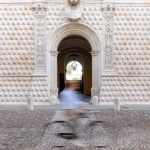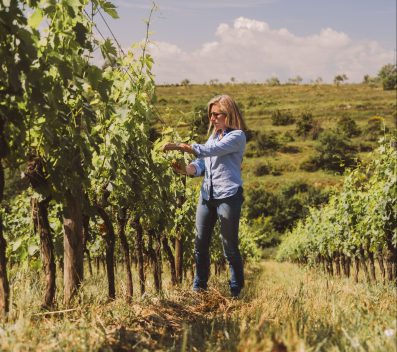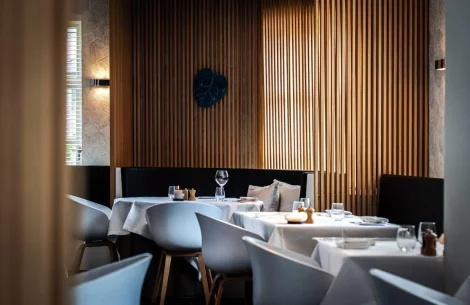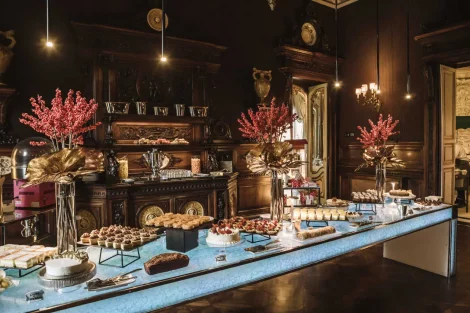Golferenzo has just a few dozen residents, and even fewer in its historic centre. It is one of Italy’s Most Beautiful Villages: a handful of stone houses perched on the hills of Oltrepò Pavese, brimming with charm but home to few inhabitants (photo above). A few years ago, Luigi Brega and Paola Calonghi launched Borgo dei Gatti, an Albergo Diffuso occupying ancient rural homes, restored with a conservative approach that enhances their most authentic features.
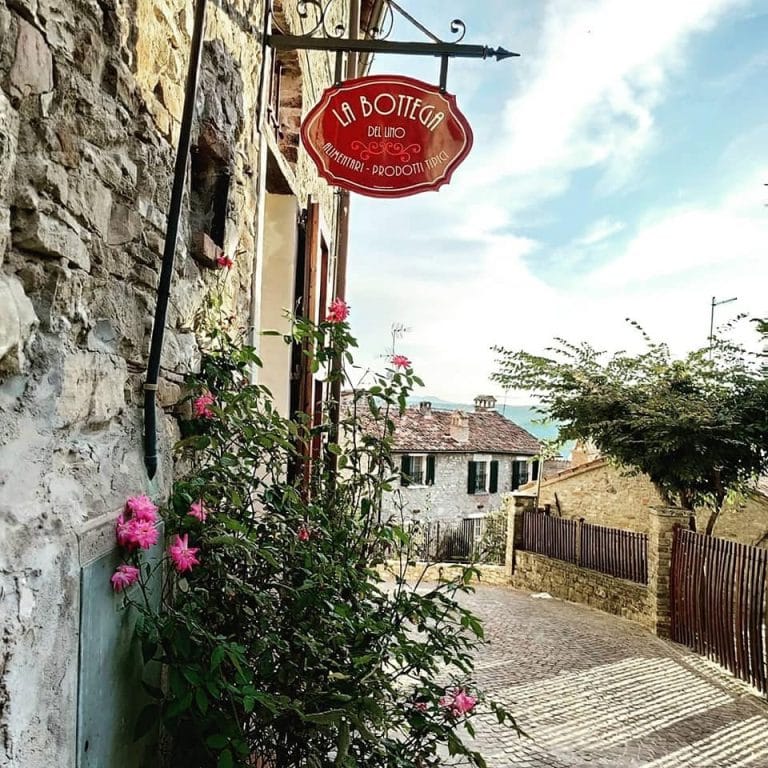
Once the doors reopened, the houses soon filled with guests, encouraging the couple to push further: in 2020 they opened Corte del Lupo, a restaurant offering a contemporary take on local produce; the following year it was the turn of La Bottega del Lino, bringing a shop back to the village after 40 years; six months later, the historic restaurant-pizzeria L’Olmo reopened. “The Borgo dei Gatti relais is a great project in progress,” they say. But above all, it is a project of rebirth and respect, injecting new energy into the area.
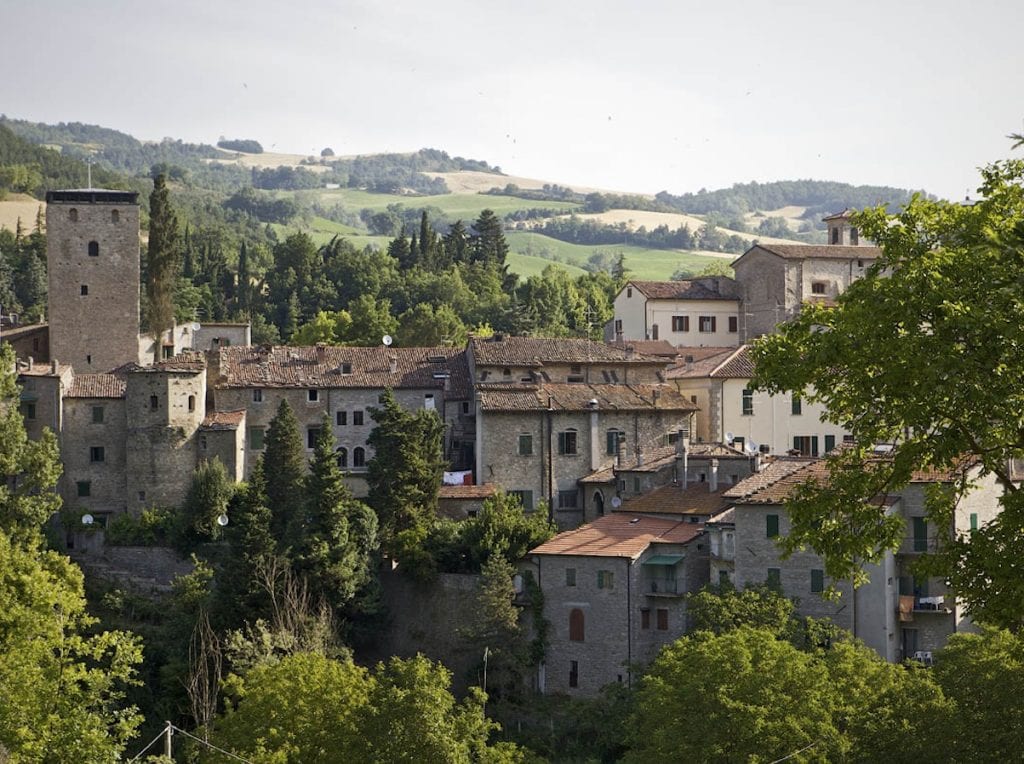
Al Vecchio Convento
A similar story to that of Marisa Raggi and Giani Cameli, who in 1975 left Milan in search of a different lifestyle and moved to Portico di Romagna with the idea of opening a restaurant and a few rooms outside the village. Then they found an old house for sale in the centre and decided to restore disused homes to turn them into guest accommodations. Today, that little village counts around twenty rooms and fewer than 300 permanent residents, about ten of whom are involved in the Cameli family’s Vecchio Convento, which over time also acquired Palazzo Portinari (from the family of Beatrice, namesake of the super-luxury hotel in Florence) to better organise the cooking school – one of the activities most requested by guests, alongside hiking, truffle hunting, and Italian courses for foreigners.

The restaurant, built from the old granary and the kitchens of the manor house, is now run by their son Matteo Cameli (internships at Noma and Frantzén for a contemporary, local cuisine full of fermentations and wild herbs) and his wife Ulla. Meanwhile, the “Library of Free Books” has reopened yet another disused shop.
The Alberghi Diffusi Experience
“This is exactly the spirit of Alberghi Diffusi,” explains Giancarlo Dall’Ara, who invented the concept.
In the early 1980s, he was a young tourism professional when Leonardo Zanier – a unique figure, both poet and trade unionist – called him to Carnia to change the fate of areas struck by the 1976 earthquake: “When I arrived, I found rebuilt but empty houses and a community eager for tourists.” Reopening the houses meant bringing life back and creating a new economy in a territory at risk of depopulation. “They had the ideas, I had the experience,” he says.
In a short time, they defined the concept of a hotel spread out horizontally, occupying several buildings close together (current regulations stipulate no more than 200 metres between common areas and accommodation units). Regional laws followed in quick succession. Thus was created a new form of hospitality, rooted in a specific philosophy: the slow living philosophy, which today some call JOMO – Joy of Missing Out – the joy of missing something, escaping the obsessive frenzy of participation and the social obligations that cause stress and a loss of meaning in daily life.
In a way, it’s the perfect solution: a return to the relaxed lifestyle of small villages, meeting the modern need for disconnection. “It’s a model designed for small villages,” explains Dall’Ara, “where four neighbouring houses can create a community among residents and tourists.”
Community is one of the key words, alongside proximity, sharing, architectural, cultural, and social recovery.
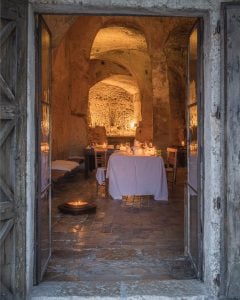
Sextantio Le Grotte Della Civita
New life for villages
Alberghi Diffusi give a new purpose to existing buildings, reopening doors and windows that would otherwise remain shuttered, saving entire communities from extinction. No new constructions, no short-term rental homes: “That’s not how we conceived it,” he clearly states.
The model is that of those little villages where everyone knows each other, where tourists quickly familiarise and integrate into the community. It’s no coincidence that visitors often prefer to have breakfast in contact with the locals rather than alone in their room (as with the Colazione Diffusa concept at the hotel in Scicli).

Scicli
The small size allows for real interaction with locals (the presence of a living community and a settled village are essential requirements), weaving together life and culture; despite hotel-level services, the management must reflect the local culture.
Just think of Sextantio Le Grotte Della Civita in Matera (twin of the one in Santo Stefano di Sessanio), which transformed the Sassi – once deemed a “national shame,” now a UNESCO World Heritage site – into exclusive suites, an extraordinary example of preserving minor historical heritage, increasingly attractive to post-Covid tourism (as noted by Roberta Garibaldi in the Food and Wine Tourism Report). Small centres, after all, are custodians of 92% of Italy’s certified food products.
Montepagano
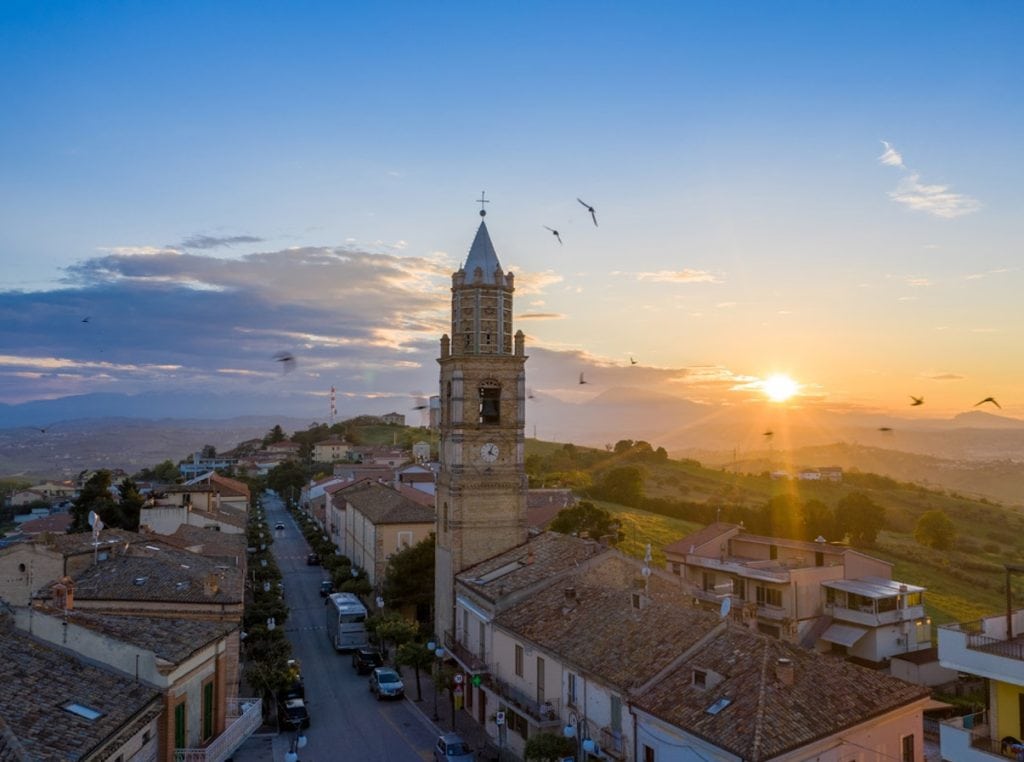
And that carries weight: typical food is a powerful draw, even when interpreted creatively, as in the case of D.One, the “diffused restaurant” of the Montepagano 1137 Albergo Diffuso.
One of over 60 establishments part of the Italian Association of Alberghi Diffusi, founded in 2005 through Dall’Ara’s initiative. However, there are many more activities not formally part of the association, though inspired by the same principles – further proving the success of a model that, as the saying goes, boasts countless attempts at imitation.

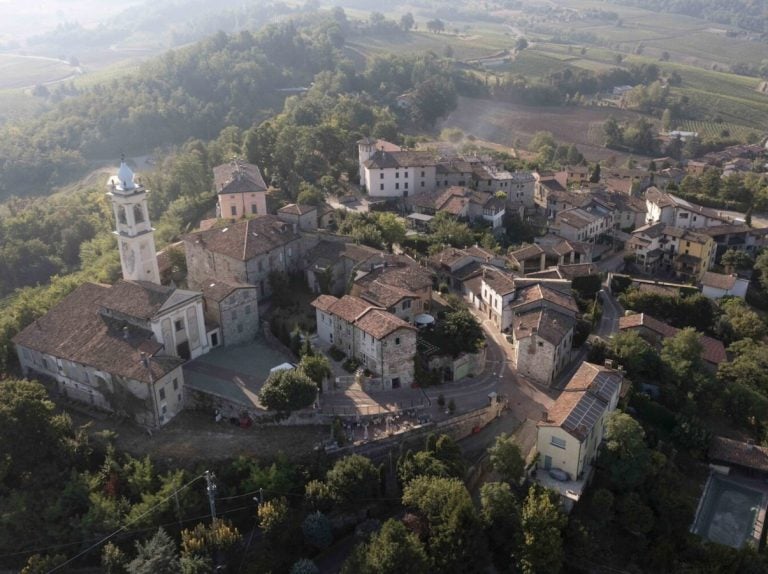
 2025 was the year of Trump's tariffs – will 2026 be better for Italian wine in the US?
2025 was the year of Trump's tariffs – will 2026 be better for Italian wine in the US?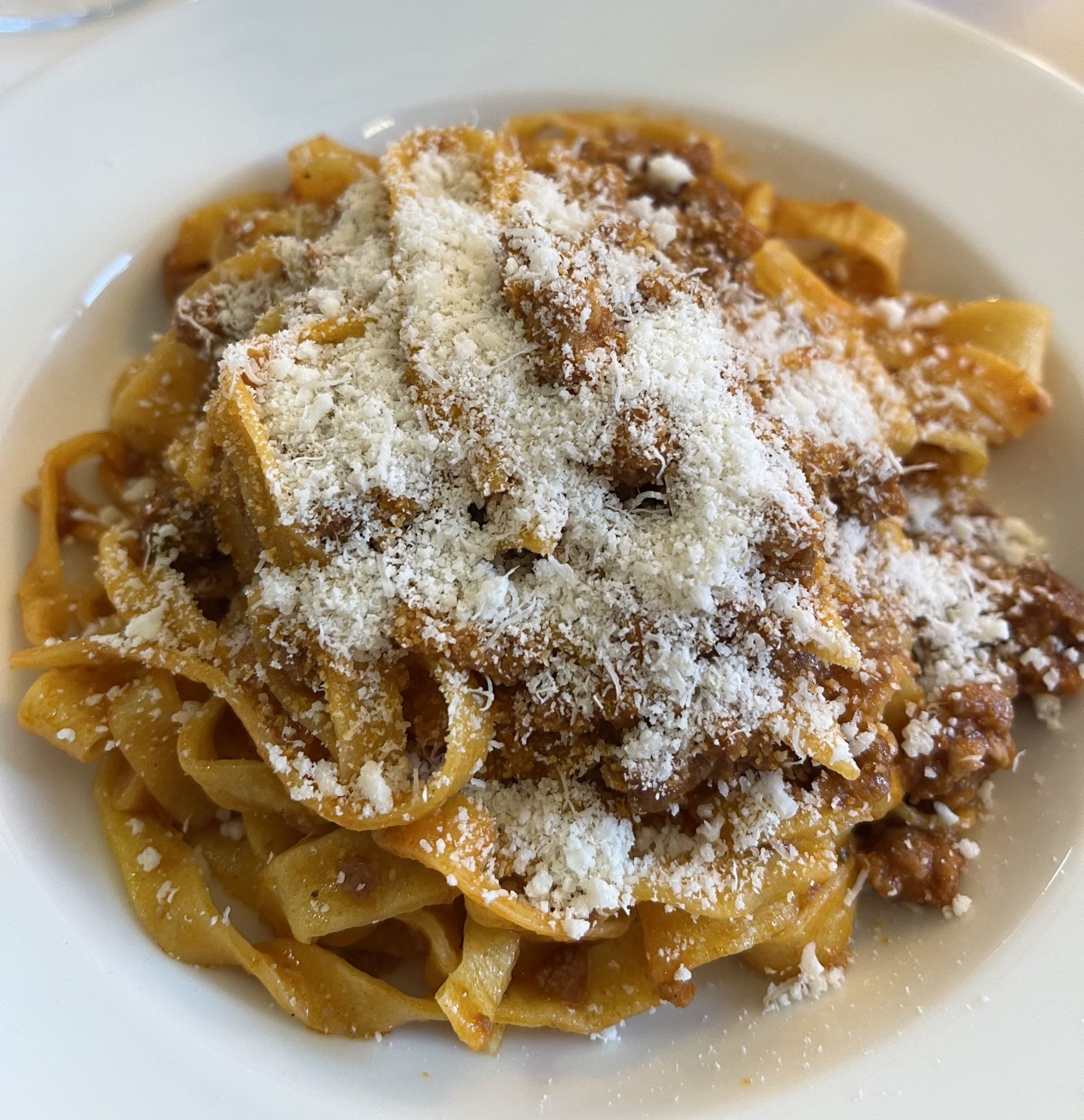 Italian cuisine recognised by UNESCO
Italian cuisine recognised by UNESCO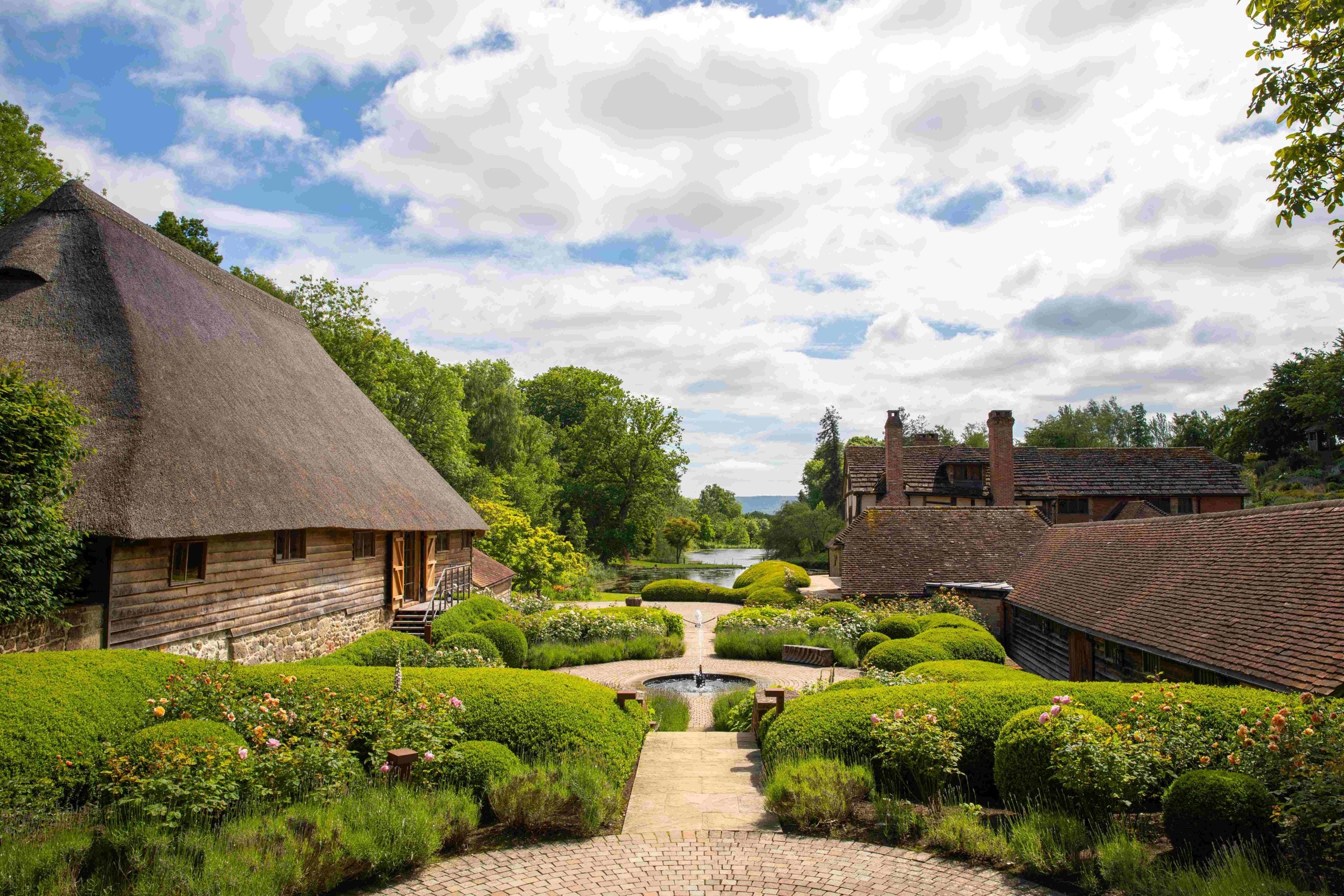 Where is English sparkling wine going?
Where is English sparkling wine going?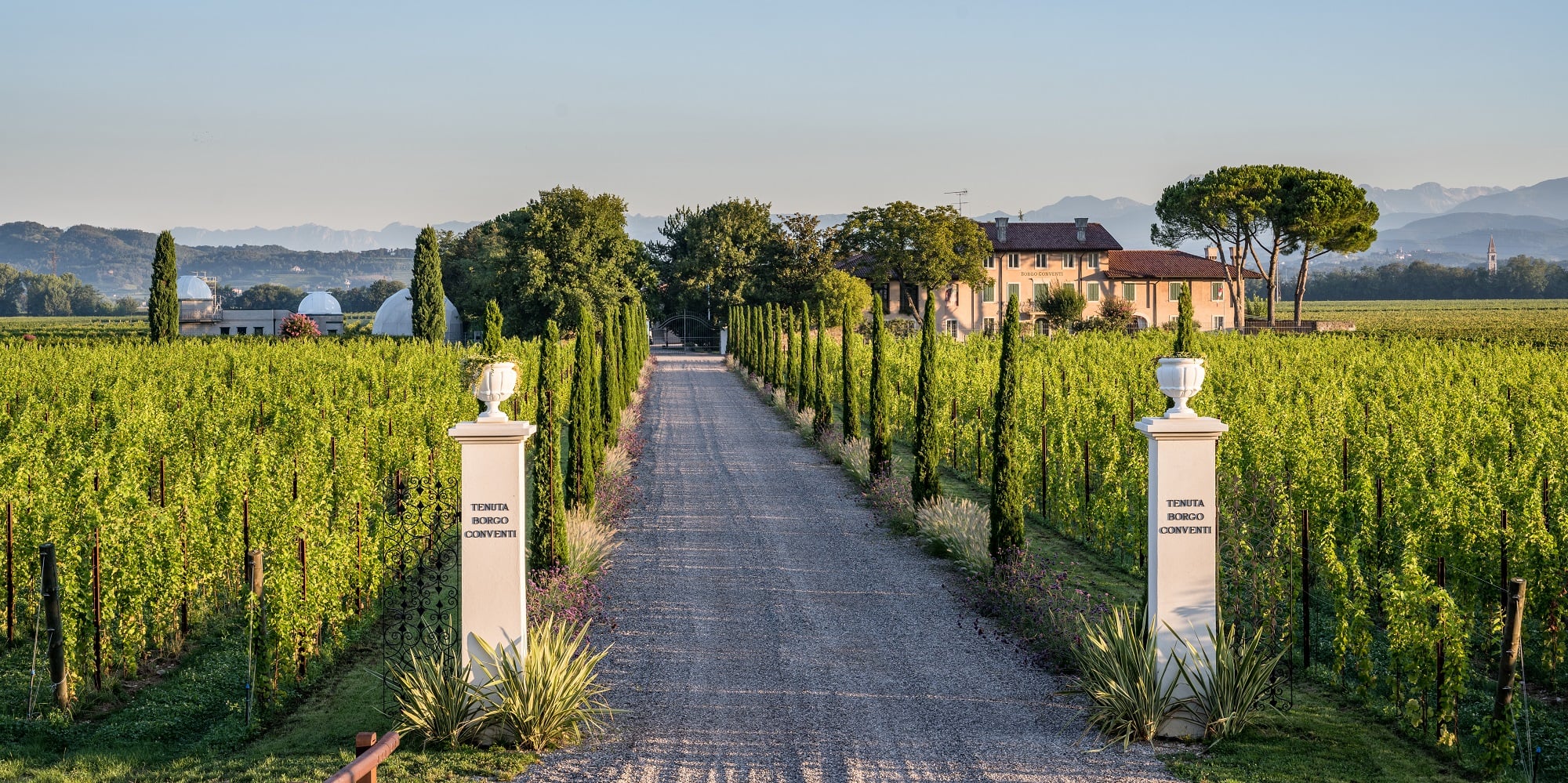 Why Borgo Conventi's Luna di Ponca should be on your radar
Why Borgo Conventi's Luna di Ponca should be on your radar Why Parmigiano Reggiano is about to become a Hollywood star
Why Parmigiano Reggiano is about to become a Hollywood star
